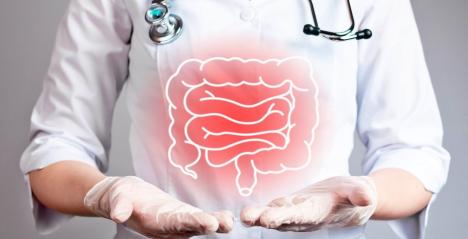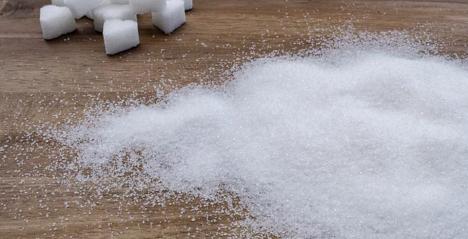What would life be without coffee?
Delicious, mentally stimulating and mildly addictive, coffee - and caffeine, to be specific - is the liquid fuel that makes the world go round. Whether it’s a pot of home brew or a cold press, half-caf, vanilla almond something or other, we collectively consume more than 2.25 billion cups of the black, bitter goodness every single day.
Yes, many of us have come to rely on the humble coffee bean just to get us through the day. In the U.S., for instance, the average person drinks about 2.1 coffees daily, according to a study by restaurant review experts Zagat. In Finland, the heaviest consumers of caffeine per capita, the average person consumes almost 10 kilograms of coffee annually.
The benefits of drinking java
It’s no secret that caffeine can boost your energy levels and cut through clouds of mental fug, but it might surprise you to learn that it’s also associated with a range of physical health benefits. There’s a substantial body of research that indicates caffeine may reduce the risk of developing a variety of serious conditions, including:
- Type 2 diabetes
- Heart disease
- Parkinson’s disease
- Alzheimer’s disease
- Cirrhosis of the liver
Caffeine can even help in the gym. A study published in the Journal of Strength and Conditioning Research determined that caffeine “significantly enhanced resistance training performance”, while other investigations have found it can reduce the body’s pain response and delay fatigue during high-intensity resistance training.
There’s no denying the benefits of caffeine, but at what point does our coffee consumption become dangerous to our health?
Crossing into the danger zone
In 2019, the most comprehensive caffeine safety review of all time was published in Food and Chemical Toxicology. The team of researchers analysed more than 700 studies on caffeine toxicity and found that, for healthy adults, the sweet spot of daily caffeine consumption is 400 milligrams (or about four cups of average strength of coffee).
For pregnant women, the safe daily limit is about 300 milligrams, or three cups of coffee. Of course, some coffees contain substantially more caffeine than others; for instance, a single Venti Blonde Roast from Starbucks contains a whopping 475 milligrams of caffeine!
What happens if you go over the 400 milligram daily limit? The study identified that excess caffeine consumption increased the risk of sleep problems and some aspects of anxiety. High levels of caffeine consumption (1,200+ milligrams) was also linked to negative moods such as irritability, anger and hostility.
It’s important to note that the 400 milligram threshold isn’t a concrete rule. As Esther Myers, one of the researchers on the project explained, some people are naturally more or less sensitive to the effects of caffeine.
“There’s a great deal of inter-individual variability in how people respond to caffeine,” explained Myers, as quoted by The Atlantic. “That’s one of the research gaps. We need to better identify differences and identify people who are more sensitive.”
The key takeaway here is to be mindful of your caffeine intake. For healthy adults, simply try to limit your daily caffeine intake to about 400 milligrams a day. If you can keep your consumption below this threshold, it seems as though there’s no reason to stop enjoying the hot, steaming miracle that is coffee.
Need an outlet for all your caffeine energy? Become a WorldTrainer member and our global network of dedicated trainers will help get you in the best shape of your life.










